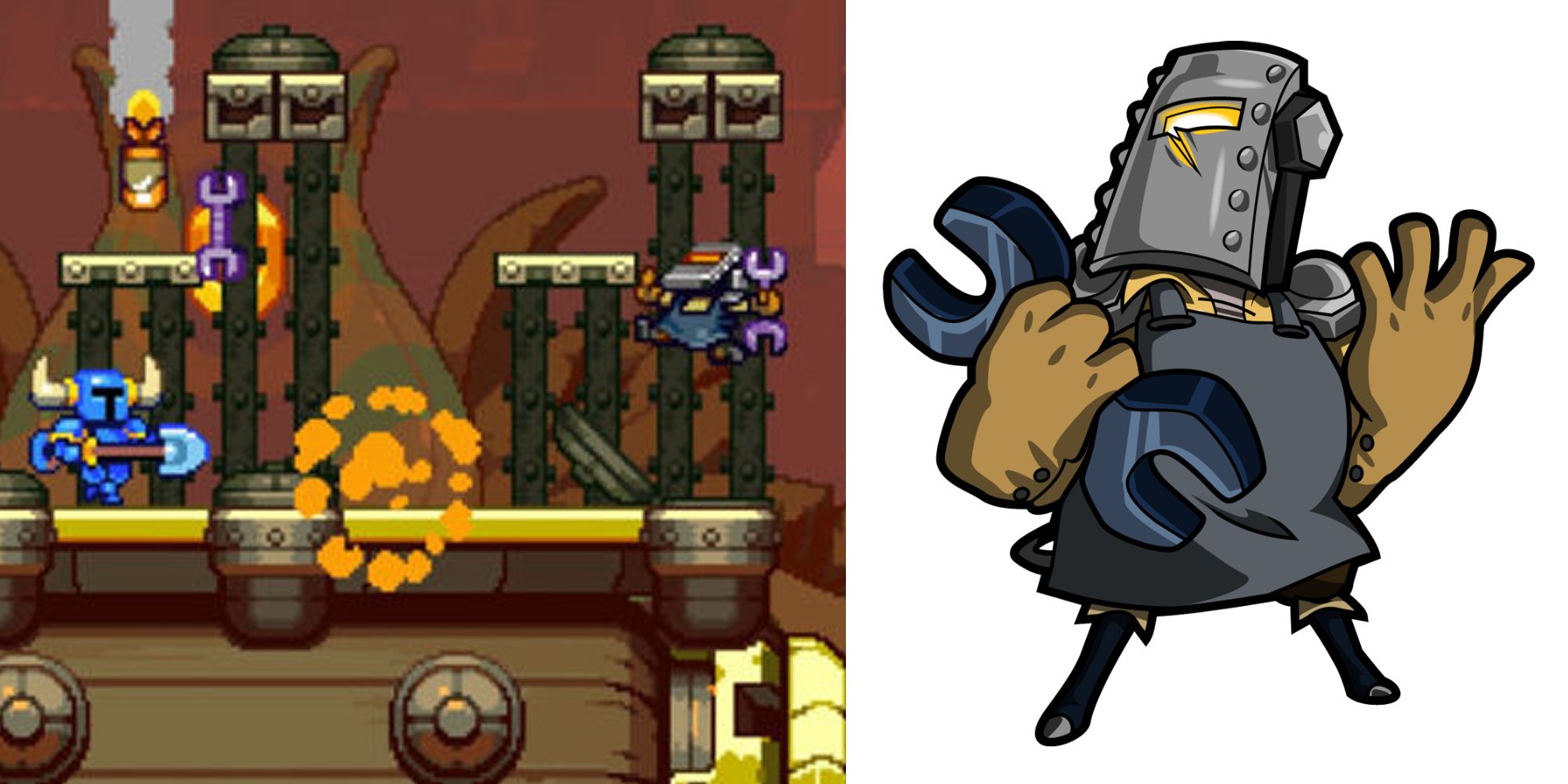In Shovel Knight, each stage is meticulously crafted to introduce unique mechanics that not only enhance the gameplay experience but also reflect the character’s abilities and thematic elements. This design philosophy contributes to a vibrant and varied gaming landscape, allowing players to engage with each knight’s distinct playstyle in a meaningful way.
Core Mechanics
The foundation of Shovel Knight’s gameplay lies in its core mobility mechanic: the downward shovel strike, or downthrust. This technique allows players to execute what resembles a pogo jump, enabling Shovel Knight to gain significant height after striking enemies or the ground. The move, which harkens back to classic NES titles, has been refined with modern controls that improve responsiveness, making it a signature ability that defines the experience of platforming and combat in the game [1].
Unique Stage Mechanics
In addition to the overarching mechanics, each knight navigates their own stages that feature specialized mechanics:
1. Flying Machine Stage (Shovel Knight):
– Aerial Challenges: This level is particularly notable for its emphasis on mid-air platforming. Players must engage in precise jumping, utilizing floating enemies as bounce pads while also managing vertical movement via ladders. The focus on aerial dynamics creates a distinct challenge that sets it apart from more grounded levels [2].
2. Plague Knight:
– Explosive Propulsion: Plague Knight’s gameplay revolves around his bomb-throwing mechanic. He has the ability to explode these bombs mid-air, allowing him to propel himself vertically. This explosive propulsion not only alters the standard platforming experience but also demands players think strategically about when and where to use their attacks to navigate through enemies while maintaining altitude [5].
3. Specter Knight:
– Dash Attack: Specter Knight introduces a swift dash attack, which allows him to move through enemies rapidly and cover large horizontal distances. This mechanic necessitates a different approach to stage design, emphasizing the importance of agile movement and timing as players zip through levels in a manner distinct from Shovel Knight’s vertical tactics [5].
4. King Knight:
– Momentum-Based Movement: King Knight utilizes a unique bash and spin mechanic that fosters a momentum-based style of play. His stages are designed around these dynamics, providing traversal challenges that often require players to build and maintain speed, showcasing a different rhythm compared to the puzzle-focused design of Plague Knight’s levels [3].
Conclusion
The thoughtful integration of character-specific mechanics into each knight’s stage ensures a varied and complex gameplay experience in Shovel Knight. Each level not only tests the player’s platforming skills but also encourages them to adapt to the unique abilities of the character they are controlling. The Flying Machine stage, with its emphasis on aerial challenges and bouncing mechanics, exemplifies how level design can enhance and complement a character’s abilities, providing players with distinctive challenges that keep the experience fresh and engaging [2]. This approach highlights the innovation present within the game, merging nostalgia with modern gaming expectations to create a compelling platforming adventure.





Leave a Reply